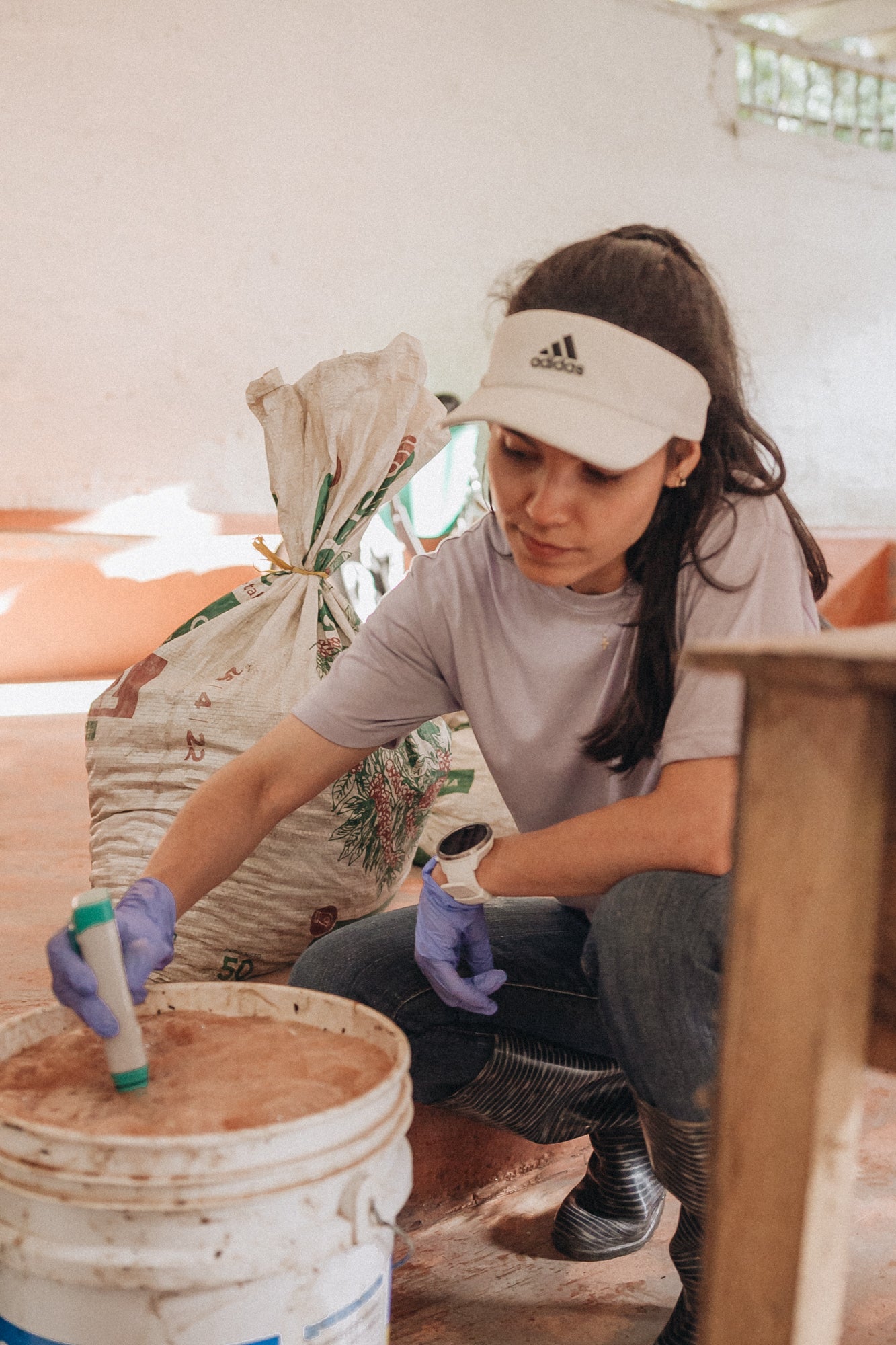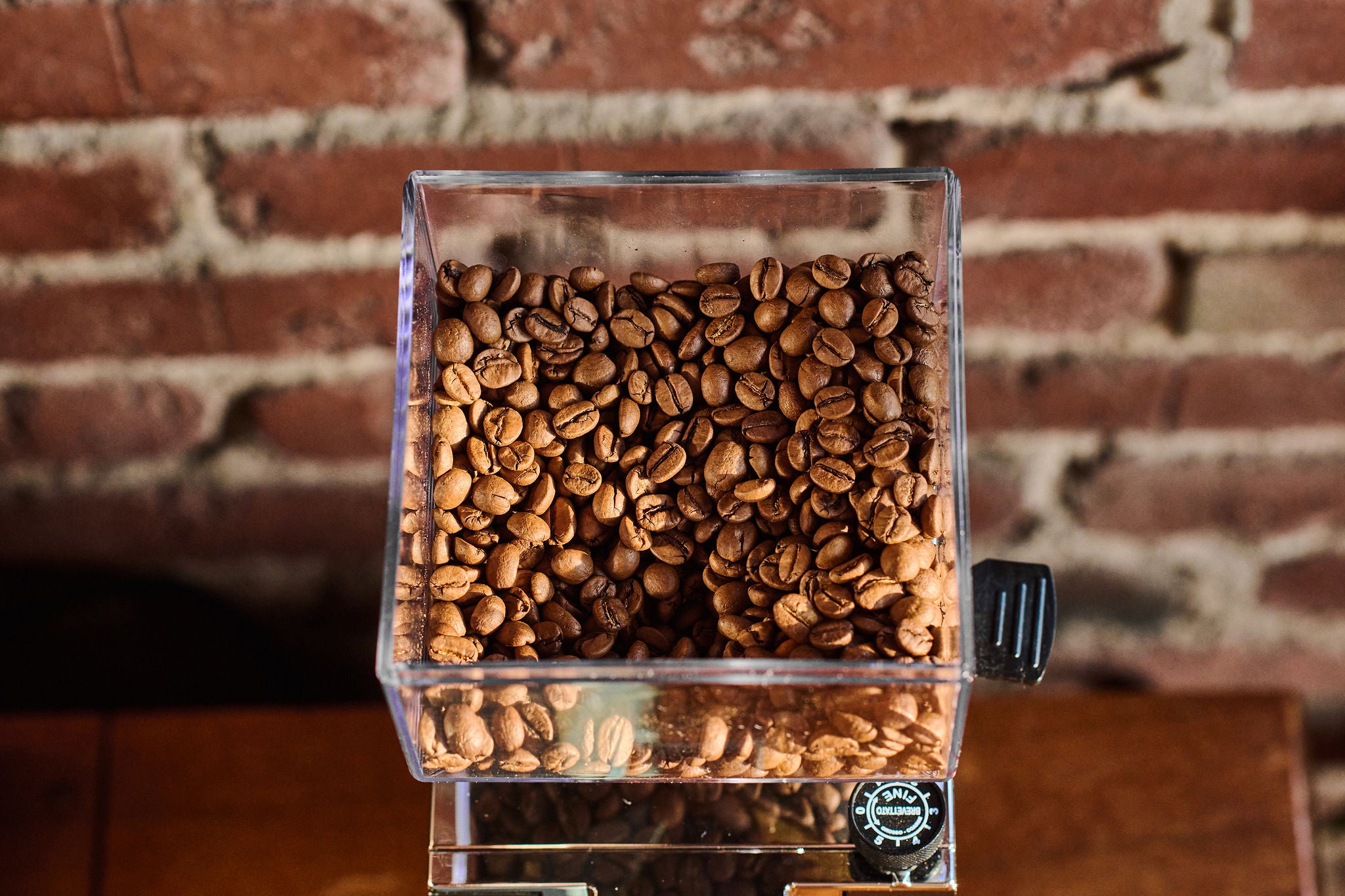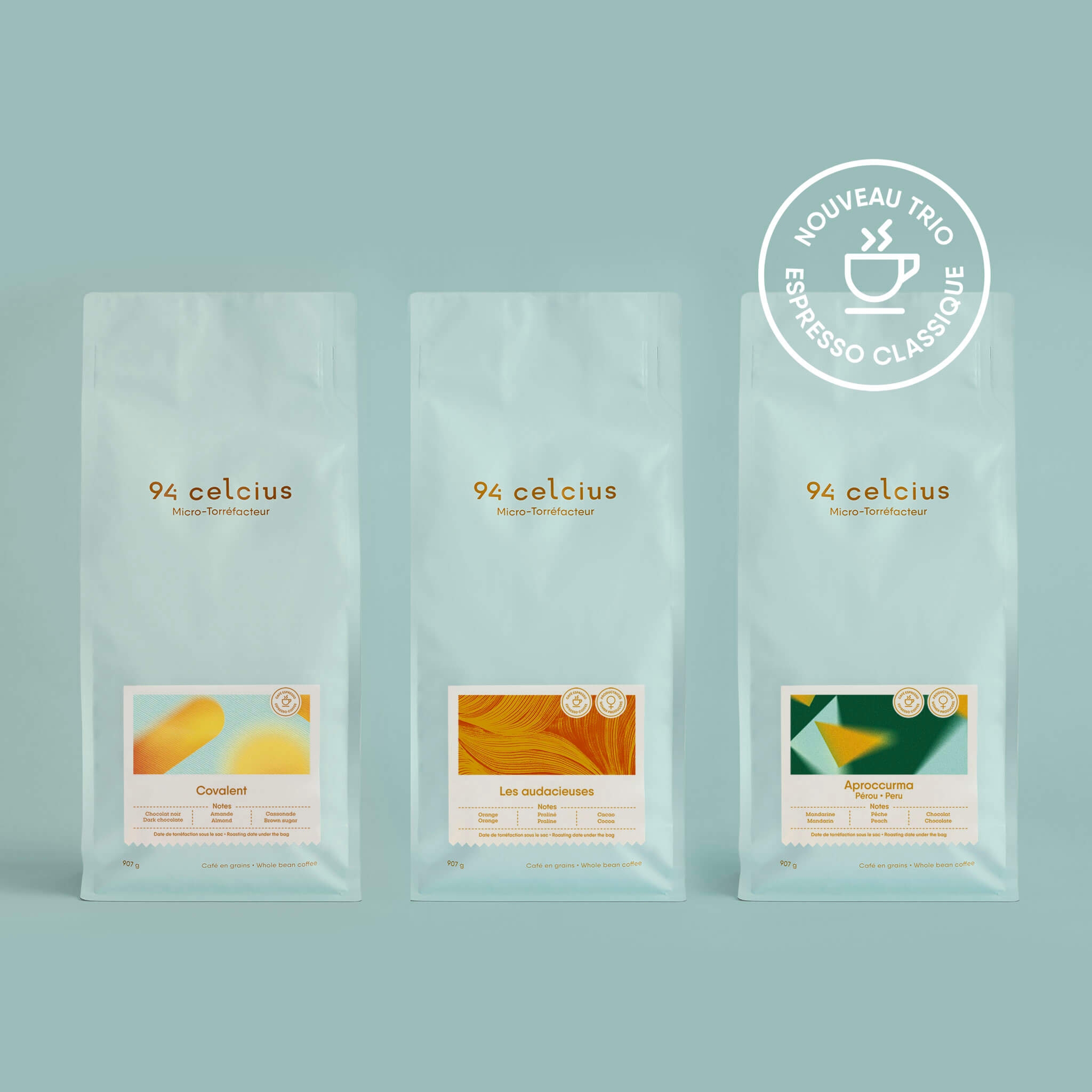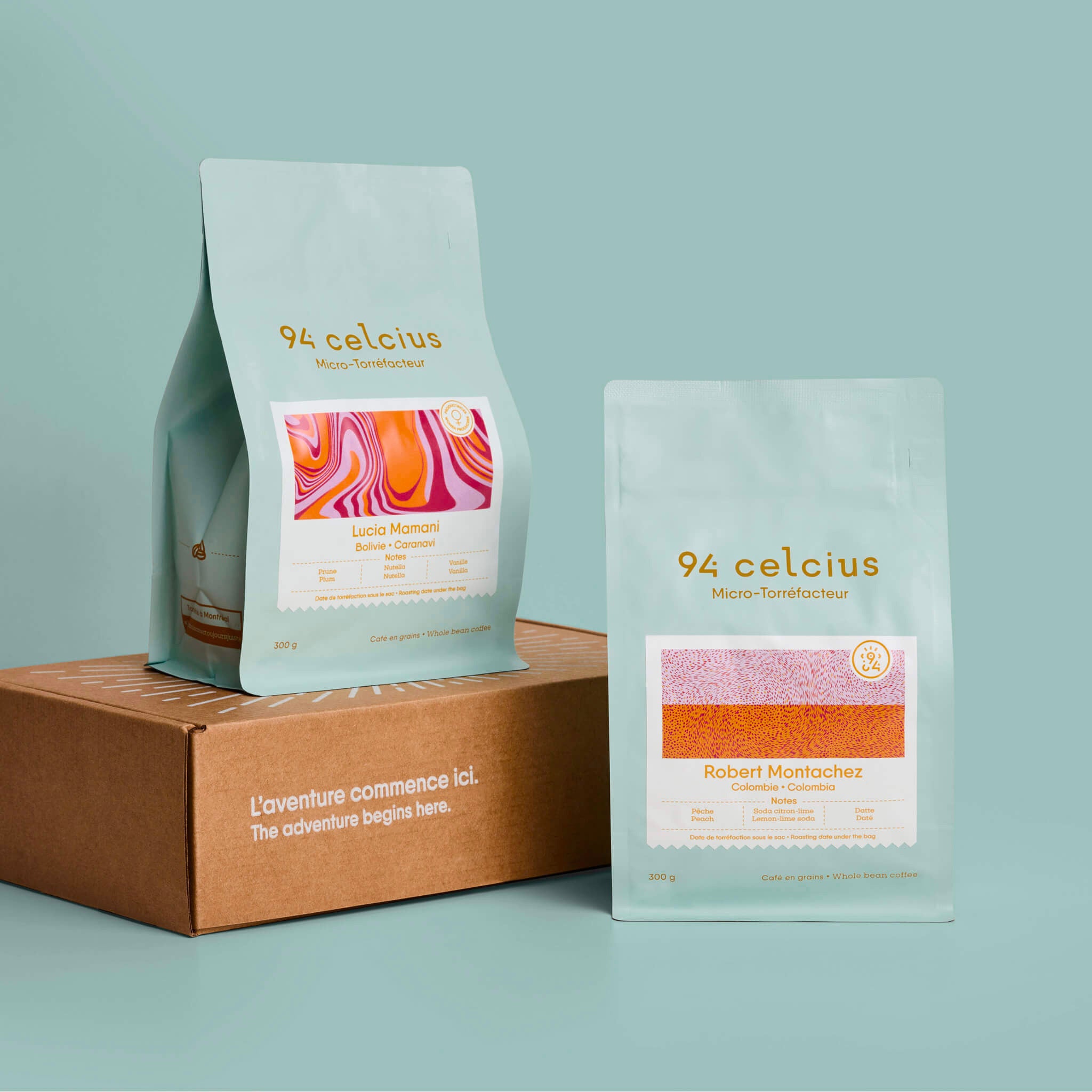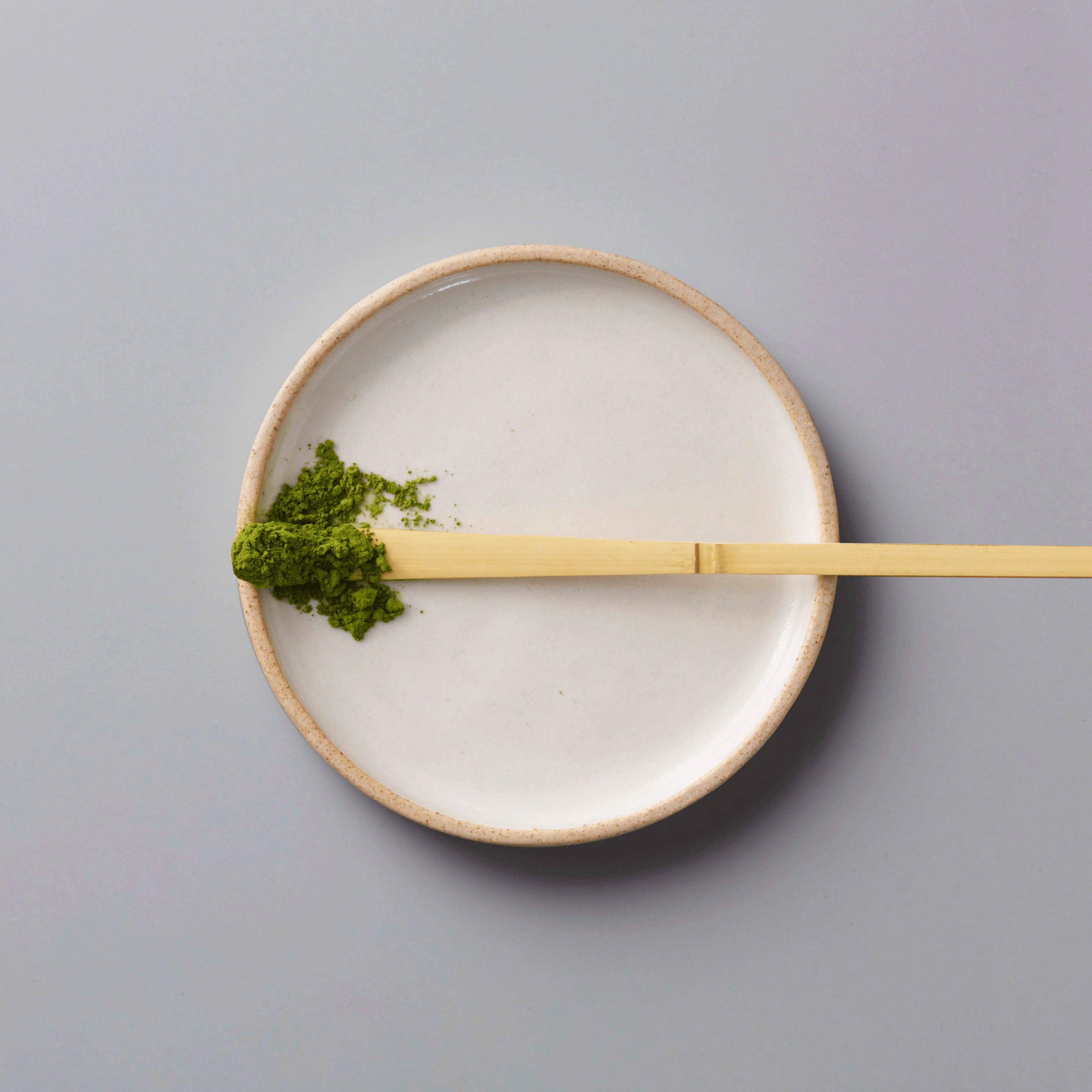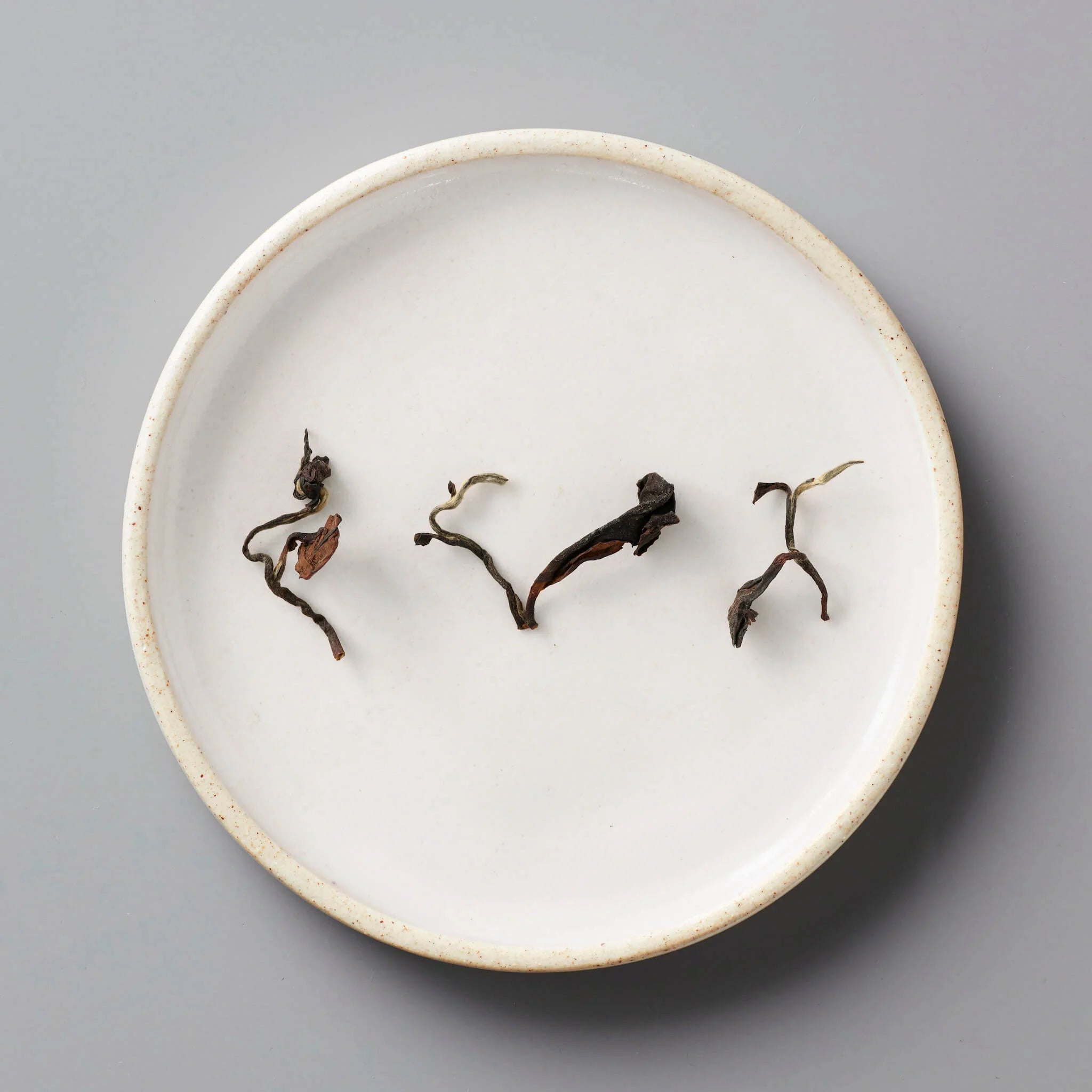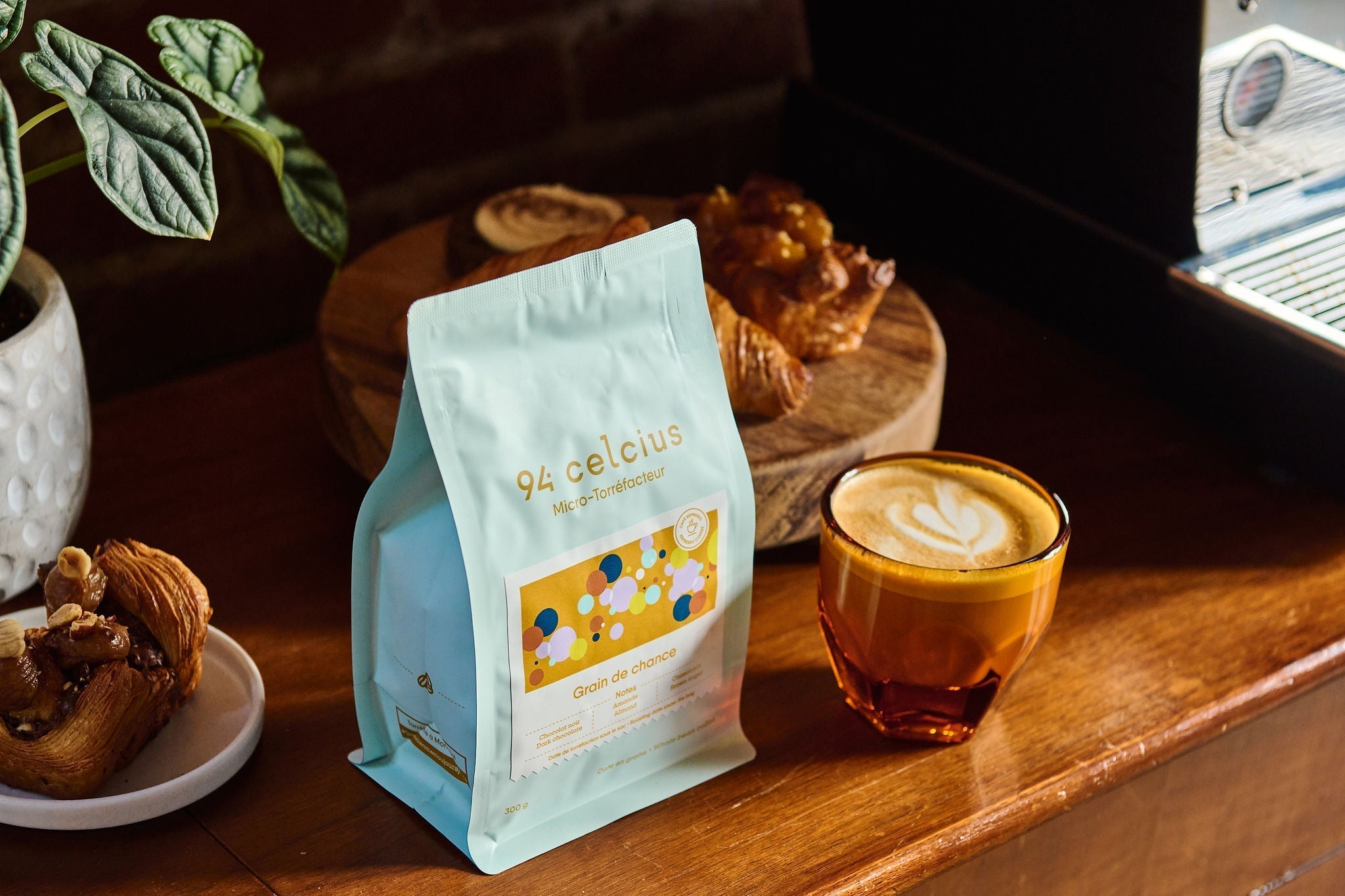Why do some coffee blends leave an indelible imprint on our taste buds, while others seem bland or too common? The answer lies in a subtle balance between science and art. By unpacking the chemistry of coffee, we can better understand how chlorogenic acids, aromatic lipids and natural sugars interact to create complex, unforgettable flavors.
In this article, we invite you to explore these key components and their impact on the taste profile of your cup. You'll never see your espresso or latte in the same way again!
